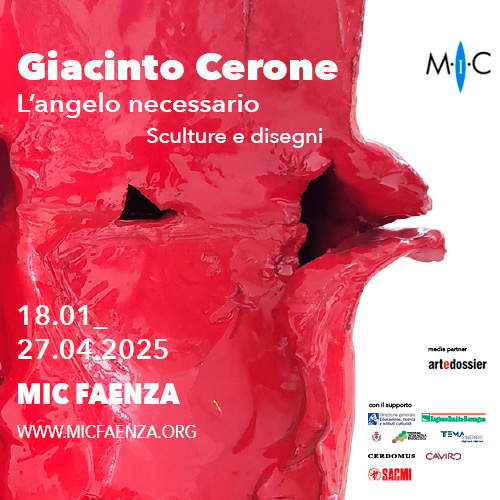In Siena, the Victory, one of the most important works of the Roman city, will shine again
Hitherto kept at the entrance to Palazzo Piccolomini alla Postierla, the relief with Victory, an exceptional testimony to Roman-era Siena, will shine at the National Archaeological Museum of Siena, inside Santa Maria della Scala, where on Saturday, June 17, at 11:30 a.m., it will be unveiled to the public.
The work, which rejoins the archaeological heritage, is one of the most important testimonies of Roman Siena. The relief has numerous elements of interest; it derives iconographically from Hellenistic models, although stylistically its date would seem to be later and go down to the second century AD. Often remembered as Victory, its reading still leaves many questions open, involving dating, exegesis and relevance. Known since 1810, when it is mentioned as coming from the wall of Sant’Agostino in Siena among the objects in the Accademia (Institute of Fine Arts), the relief with Vittoria later became part of the works transferred to the Pinacoteca Nazionale di Siena (to which today the Museo Archeologico Nazionale pertains), where it was placed in the atrium.
The object of attention as early as 1906, when Fabio Bargagli Petrucci hypothesized its pertinence to an honorary arch, it was included by Ranuccio Bianchi Bandinelli among the artifacts that were to become part of the newly constituted Sienese Archaeological Museum. Despite the silence of the most recent bibliography, the relief was the subject of restoration work and a day of presentation by the then Superintendency in 2012. On that occasion, the then Research Group of Conservation of the Stone Cultural Heritage of the Department of Environmental Sciences “G. Sarfatti” of the University of Siena (now the Research Group of Conservation of Cultural Heritage and Archaeometry of the Department of Physical, Earth and Environmental Sciences) had also carried out diagnostic investigations on the type of marble.
The transfer to the National Archaeological Museum, which reunites the piece with the urban archaeological evidence musealized here, ideally follows up Bianchi Bandinelli’s project more than 90 years later.
Next Saturday’s presentation of the exhibit at the National Archaeological Museum will be attended by the director of the National Art Gallery, Axel Hémery; archaeological officer of the Soprintendenza Archeologia Belle Arti e Paesaggio for the provinces of Siena, Grosseto and Arezzo Gabriella Carpentiero; Rossella Pansini, researcher at the University of Siena; Marco Cavalieri, professor of Roman archaeology and Italic antiquities at the University of Leuven; and Debora Barbagli, of the Fondazione Antico Ospedale Santa Maria della Scala.


Statements
“For years, our beautiful Vittoria had been welcoming the increasing number of visitors to Palazzo Chigi alla Postierla, but despite its appeal, it had no connection to the visit of the late 16th-century salons and the Baroque picture gallery,” comments the director of the Pinacoteca Nazionale, Axel Hémery. “The creation of the autonomous Institute of the National Picture Gallery of Siena allows for a more coherent redistribution of the collections. In its new location at the National Archaeological Museum, the Victory will remain unique as a representative of Roman plastic in Siena. Here it will play a new role as a trophy and a beacon, a premise for the discovery of the beauties of the tunnel of wonders, our National Archaeological Museum of Siena in the heart of the ancient Santa Maria della Scala hospital.”
“The transfer of the Victory relief to the National Archaeological Museum is a new, important demonstration of the valuable work of synergy and collaboration that the most important institutions operating in the city, the Pinacoteca Nazionale, the Municipality of Siena and the Fondazione Antico Ospedale, carry out to enhance the extraordinary heritage that Siena has left us,” concludes the President of the Fondazione Antico Ospedale Santa Maria della Scala, Lucia Cresti.
 |
| In Siena, the Victory, one of the most important works of the Roman city, will shine again |
Warning: the translation into English of the original Italian article was created using automatic tools. We undertake to review all articles, but we do not guarantee the total absence of inaccuracies in the translation due to the program. You can find the original by clicking on the ITA button. If you find any mistake,please contact us.





























